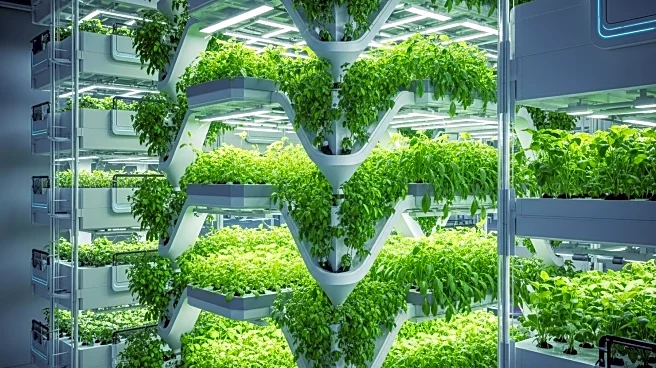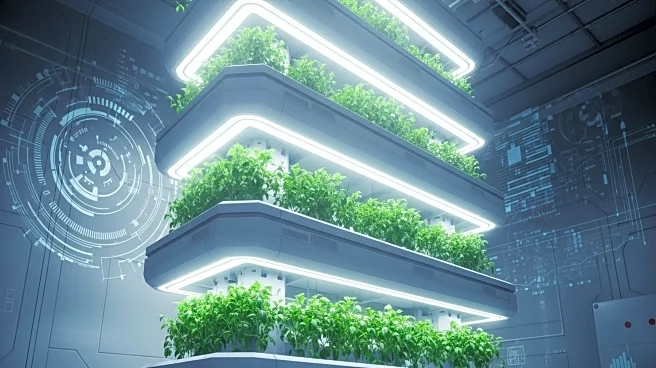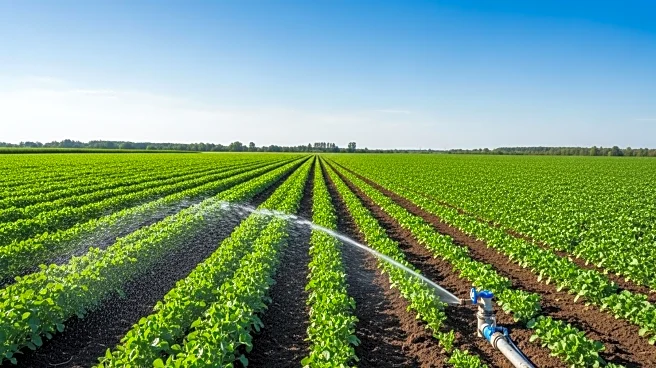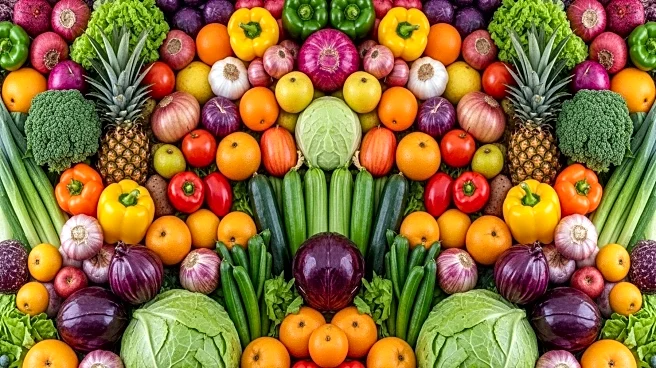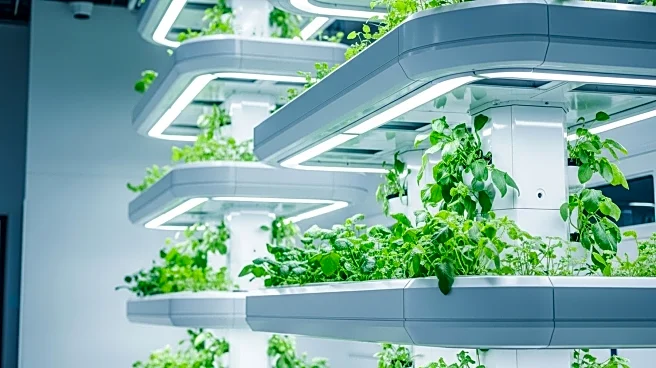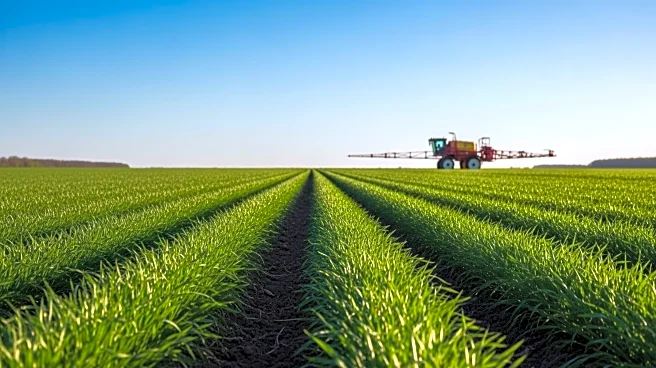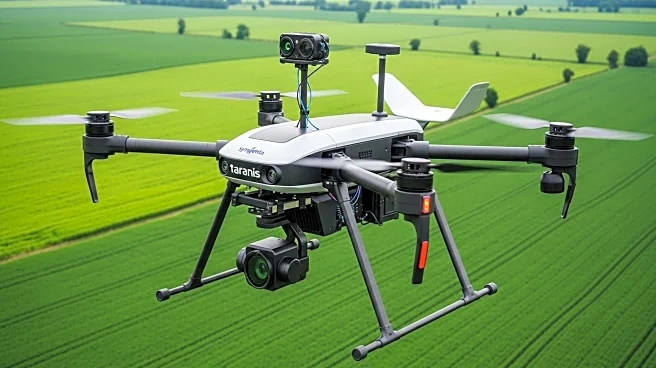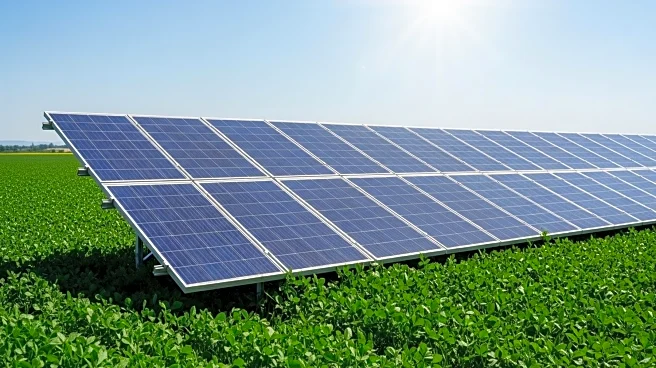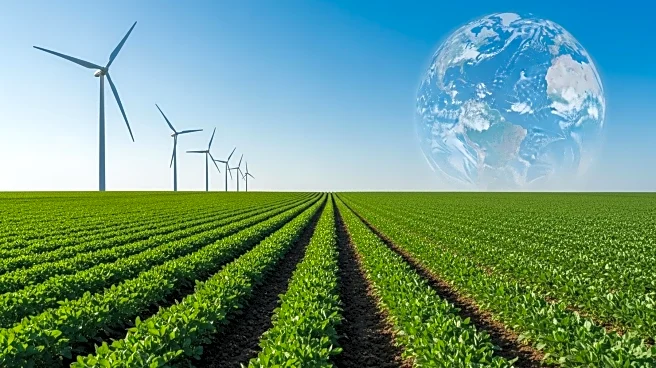What's Happening?
Vertical farming, once a booming industry, is currently facing significant challenges. Over the past decade, investors have poured over $6 billion into vertical farming startups, attracted by promises of reduced carbon emissions, pesticide use, and water consumption. However, recent years have seen a sharp decline in funding, dropping from over $2 billion in 2021 to approximately $280 million last year. Major players like Bowery Farming and AppHarvest have collapsed, largely due to high operational costs, including energy-intensive LED lighting systems and ventilation. Additionally, higher interest rates have made financing more expensive, and there is a shortage of skilled labor. The industry's protective stance on technology has hindered learning from past mistakes. Despite these setbacks, the global market for vertical farming is projected to grow from $8 billion last year to $25 billion by 2030, driven by environmental and economic factors such as population growth, soil degradation, and climate change.
Why It's Important?
The challenges facing vertical farming are significant for several reasons. As the global population continues to grow, the demand for sustainable food production methods becomes increasingly critical. Vertical farming offers a potential solution by bringing food sources closer to urban areas, reducing transportation emissions and improving food security. However, the industry's current struggles highlight the need for innovation and efficiency improvements. The decline in funding and the collapse of major players could deter future investment, slowing the industry's growth and its ability to address pressing environmental issues. On the other hand, advancements in artificial intelligence could enhance the efficiency of vertical farms, potentially revitalizing the sector. The industry's success or failure will have implications for food security, environmental sustainability, and economic development.
What's Next?
The future of vertical farming will likely depend on several factors, including technological advancements and changes in investment strategies. As the industry matures, there may be opportunities for consolidation and the entry of new players, potentially leading to mainstream adoption. The role of artificial intelligence in improving farm efficiency could be pivotal, offering a path to overcoming current operational challenges. Additionally, as concerns about food security and environmental sustainability grow, there may be increased pressure on governments and private sectors to support vertical farming initiatives. The industry's ability to adapt and innovate will be crucial in determining its long-term viability and impact.
Beyond the Headlines
Vertical farming's journey reflects broader themes in technology adoption and environmental sustainability. The industry's initial struggles underscore the challenges of scaling new technologies and the importance of transparency and collaboration. Ethical considerations around food production, resource use, and environmental impact are central to the discourse on vertical farming. As the industry evolves, it may also influence cultural perceptions of agriculture and urban living, potentially reshaping how societies approach food security and environmental stewardship.
